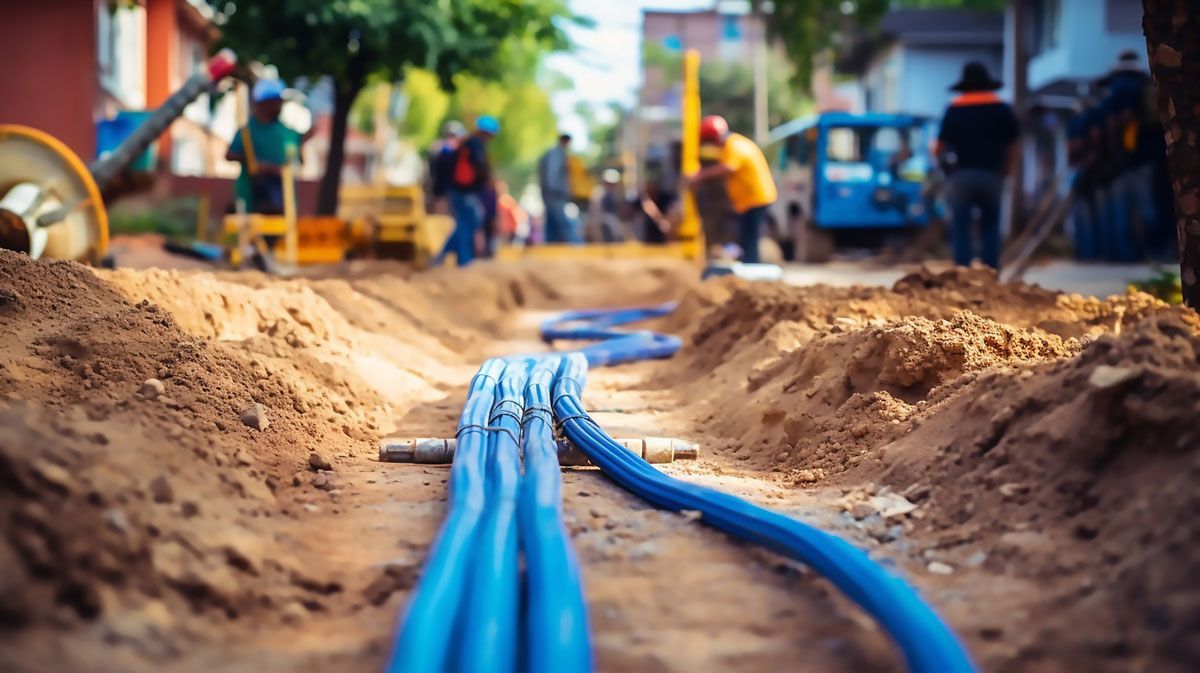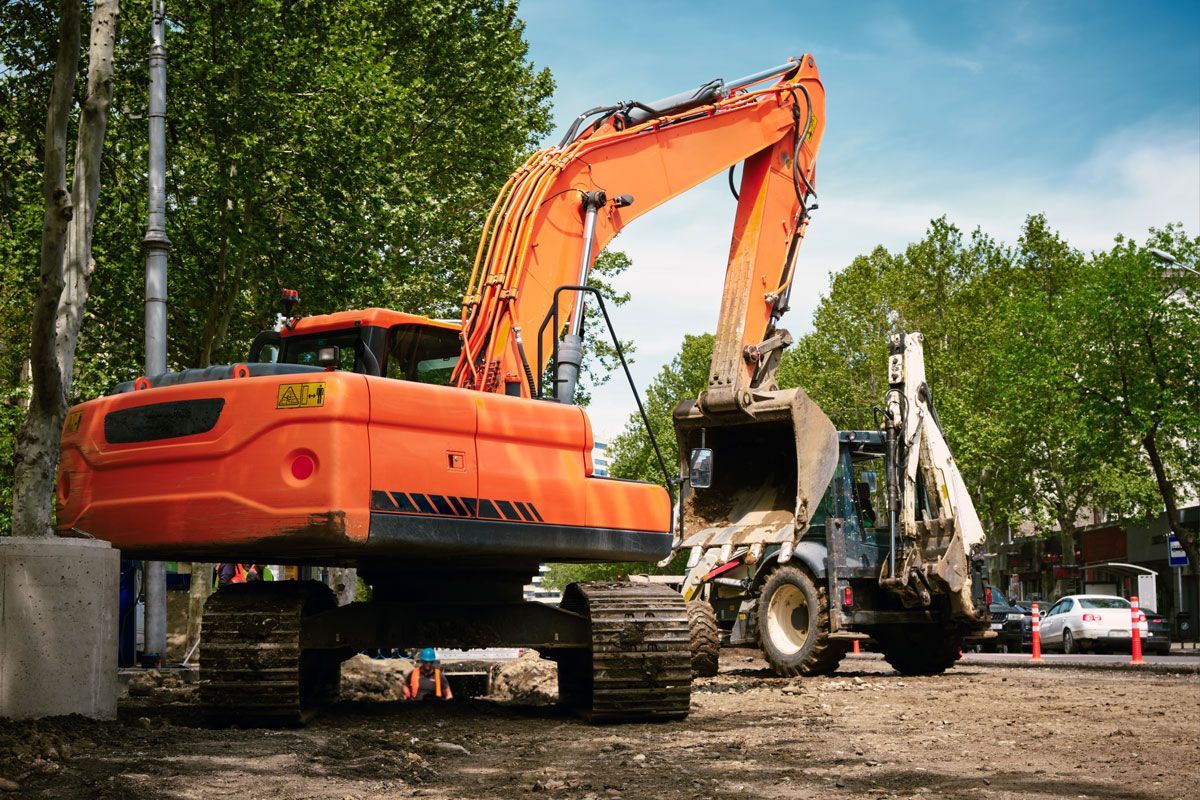Bridging the Digital Divide: The Vital Importance of the USDA Federal Initiative to Connect Rural Areas to High-Speed Internet
With society’s increasing reliance on the internet in the ways we live, work and play, reliable, quick and low-cost or free access to the internet is paramount to both individuals and businesses in today’s world. Yet many rural areas suffer from a lack of access to high-speed internet, creating a digital divide that can have a devastating impact on rural communities and their residents. Without connectivity, rural Americans do not have equal opportunities to access the information, education, and economic advantages that the internet provides.
In June 2023, the Biden-Harris administration announced an initiative intended to bridge this critical resource gap: $714 million in USDA grants and loans “to connect thousands of rural residents, farmers and business owners in 19 states to reliable, affordable high-speed internet.”
As a utility and telecommunications construction company, Hunt Communications regularly partners with cable companies to bring high-speed internet access or improved cable speeds to new areas. We’re doing our part to help close the digital divide that keeps rural Americans from accessing the Internet, and we’re committed to getting the word out about this exciting new rural broadband initiative.
The Significance of High-Speed Internet in Rural Areas
In rural or underserved areas, high-speed internet access can have a transformative impact on individuals, businesses, and the community at large. The economic benefits of high-speed internet access are among the most impactful, as it allows rural businesses to expand their reach to new customers and larger markets, update their internal processes to more modern technologies, and broaden their offerings into e-commerce through online sales and digital marketing. The establishment of high-speed internet in rural areas also makes these communities more attractive to new businesses and entrepreneurs who can leverage the connectivity to establish remote operations, bringing new economic opportunities to the area.
Education is another sphere in which high-speed internet can make a significant positive impact on rural and underserved communities. Reliable connectivity empowers educators and students to access virtual classrooms, hybrid learning opportunities, and resources like online courses, digital textbooks, research materials, and distance learning programs. Similarly, online features like video conferencing can open up new access to healthcare via telemedicine services, which can significantly improve a community’s healthcare outcomes and life expectancy rates.
There are also myriad benefits to high-speed internet access beyond economic and educational improvements. It allows for enhanced communications like video calls, social networking, and online community-building, which can have a positive effect on mental health by improving feelings of isolation. Government services are also moving online; with high-speed internet connectivity, rural residents can more easily access and interact with government agencies, apply for permits, receive important updates, and access social services.
What is the Internet for All Initiative?
The Internet for All Initiative is a result of President Biden’s Investing in America agenda and is made possible by the Bipartisan Infrastructure Law. The law provided a historic $65 billion investment in broadband infrastructure deployment to ensure every American has access to affordable, reliable high-speed internet. The law, which was enacted by President Biden in 2021, is part of the President’s Investing in America agenda to “rebuild our economy from the bottom up and middle out by rebuilding our nation’s infrastructure, which is driving over $470 billion in private sector manufacturing investments and creating job,” according to the USDA.
The $714 million announced in June 2023 will be utilized by the USDA’s Rural Development Broadband ReConnect Loan and Grant Program, which “provide funds for the costs of construction, improvement, or acquisition of facilities and equipment needed to provide broadband service in eligible rural areas.” In this fourth round of funding to the ReConnect program, funds will be invested in 19 states for a variety of high-speed internet projects that will bring connectivity to tens of thousands of people.
States Benefiting from the ReConnect Loan & Grant Program (Fourth Round Funding):
| Alaska | Kentucky | Oregon |
|---|---|---|
| Arkansas | Minnesota | South Carolina |
| Arizona | Missouri | Tennessee |
| California | Montana | Utah |
| Georgia | New Mexico | Washington |
| Idaho | Ohio | |
| Kansas | Oklahoma |
Since the beginning of the Biden-Harris Administration, the Department has invested in 142 ReConnect projects that will bring high-speed internet access to 314,000 rural Americans, per the Department. As this new round of projects gets underway, cable companies are the ones doing the work to make it happen. The initiative stands to make a significant, positive impact for cable companies in the affected states, not just from the standpoint of revenue potential, but in terms of the benefits to the companies’ customer base.
Hunt Communications: Your Trusted Partner in Rural Telecommunications Construction
As experts in telecommunication construction, the Hunt team is no stranger to the connectivity needs of rural communities. We’re proud to be the boots on the ground providing high-speed internet access to communities in desperate need of reliable, fast service.
We’re committed to advancing connectivity in rural areas, and when cable companies choose to partner with us to bring service to new customers, they get the benefit of our dedicated, experienced and safety-oriented team working out in the field on their behalf. We are especially sensitive to the comfort of the residents of neighborhoods in which we work, so you can rest assured that the Hunt team will go the extra mile to ensure our cable construction process is as non-disruptive as possible.
Challenges in Rural Telecommunications Construction
Of course, even for industry veterans like the experts at Hunt, rural telecommunications construction is not without its unique challenges. The process and potential pitfalls of deploying high-speed internet in rural areas can be very different from bringing the same high-quality service to more densely populated metropolitan areas. Even the basic differences of their geography, like the rugged terrain or natural obstacles present in more rural, heavily forested, or mountainous areas, can make it more challenging to establish connectivity.
One hurdle we often face is the sheer spread of rural communities, which may have a low population density that covers a large geographic area. The existing internet infrastructure in rural areas might also be too outdated or otherwise insufficient to support high-speed connectivity, and constructing and maintaining the infrastructure required to cover such a sizable region can be cost-prohibitive for internet service providers. It may also require navigating regulatory processes, securing permits, and dealing with zoning issues, which can cause delays and increase costs.
Unlike major cities or other more densely populated areas, rural communities often do not have any existing infrastructure to build upon, such as fiber optic cables, so they may require more creative solutions like fixed wireless or the utilization of existing power lines to carry data.
Infrastructure—or the lack thereof—is easily the most significant limitation to the construction of high-speed internet connections in rural areas, as it can have a compounding effect on existing challenges like geographic spread or difficult terrain. Comprehensively addressing these many limitations and complexities requires collaboration between government entities, private companies, and community stakeholders to find sustainable and cost-effective solutions.
At Hunt, we’re experienced and skilled at managing every detail of bringing high-speed internet to the people, no matter where those people are located. We have a proven track record of collaborating well with various stakeholders, contractors and residents to bring these critical projects to fruition, and we’re eager to connect with new cable company partners needing telecommunication construction services in light of the USDA’s rural broadband initiative.
Work With Hunt Communications
The Internet for All initiative’s funding of rural broadband connectivity projects will undoubtedly have a powerful ripple effect on rural communities for years to come, positively impacting the personal, professional and economic lives of residents across the nation. We’re excited to contribute to the future of high-speed internet connectivity by continuing our work constructing fiber cable networks in Texas and elsewhere in the nation. If you’re a cable company interested in collaborating with Hunt Communications to make a meaningful impact in rural communities, contact us today!
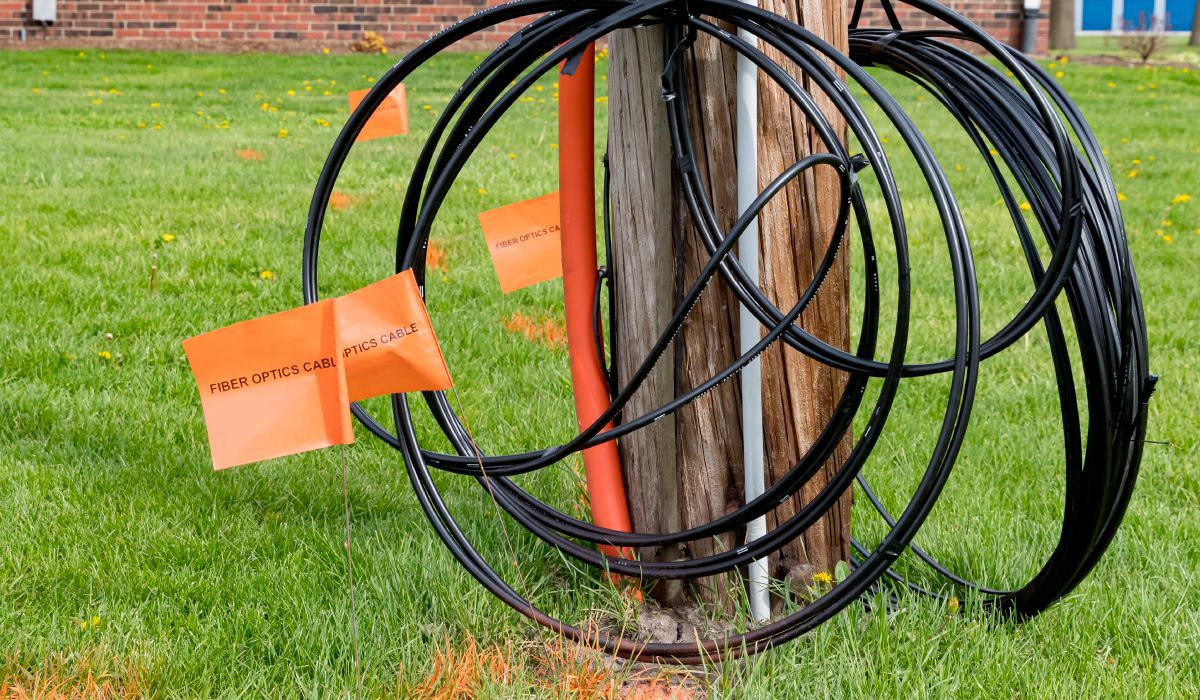

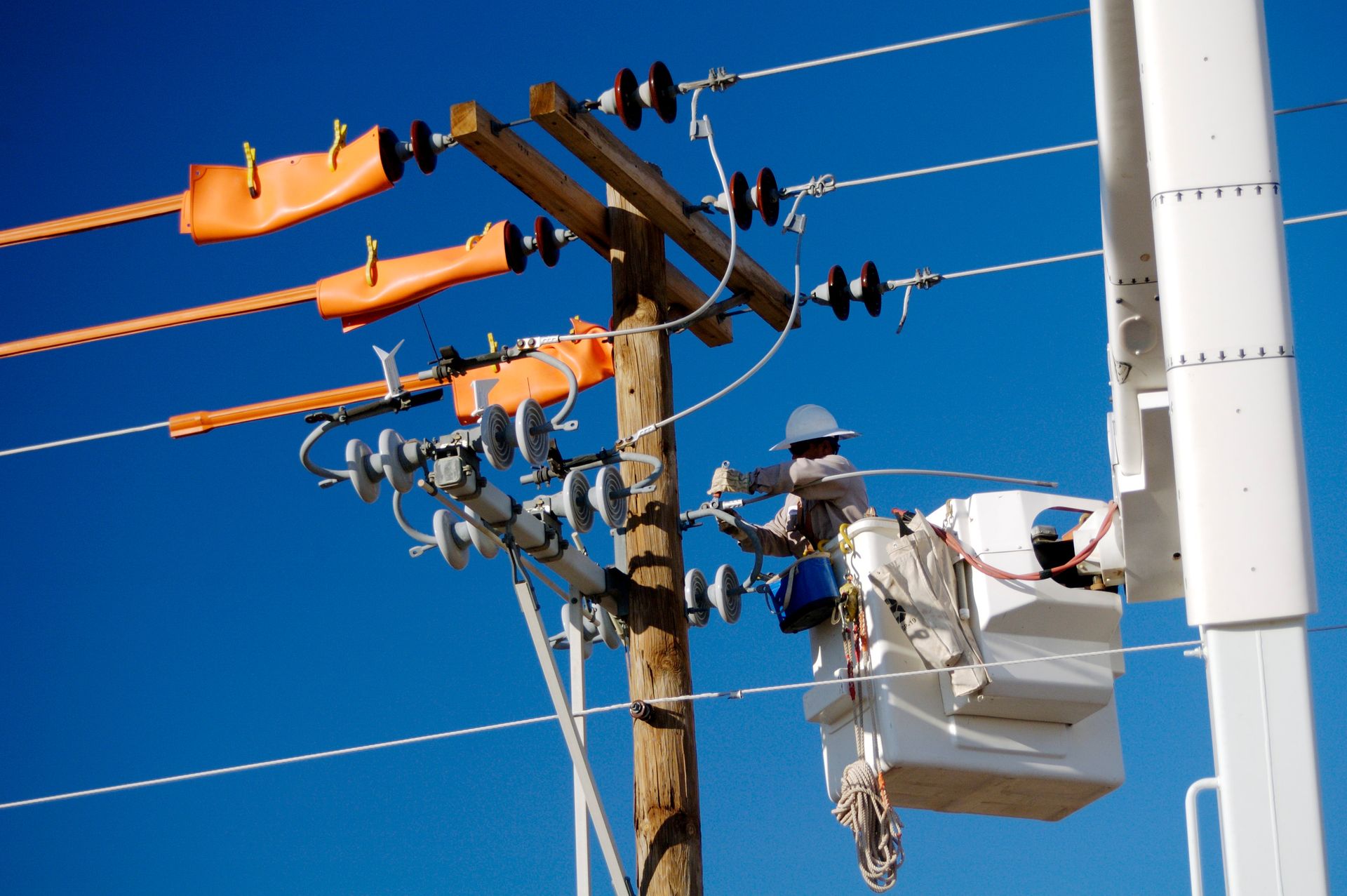
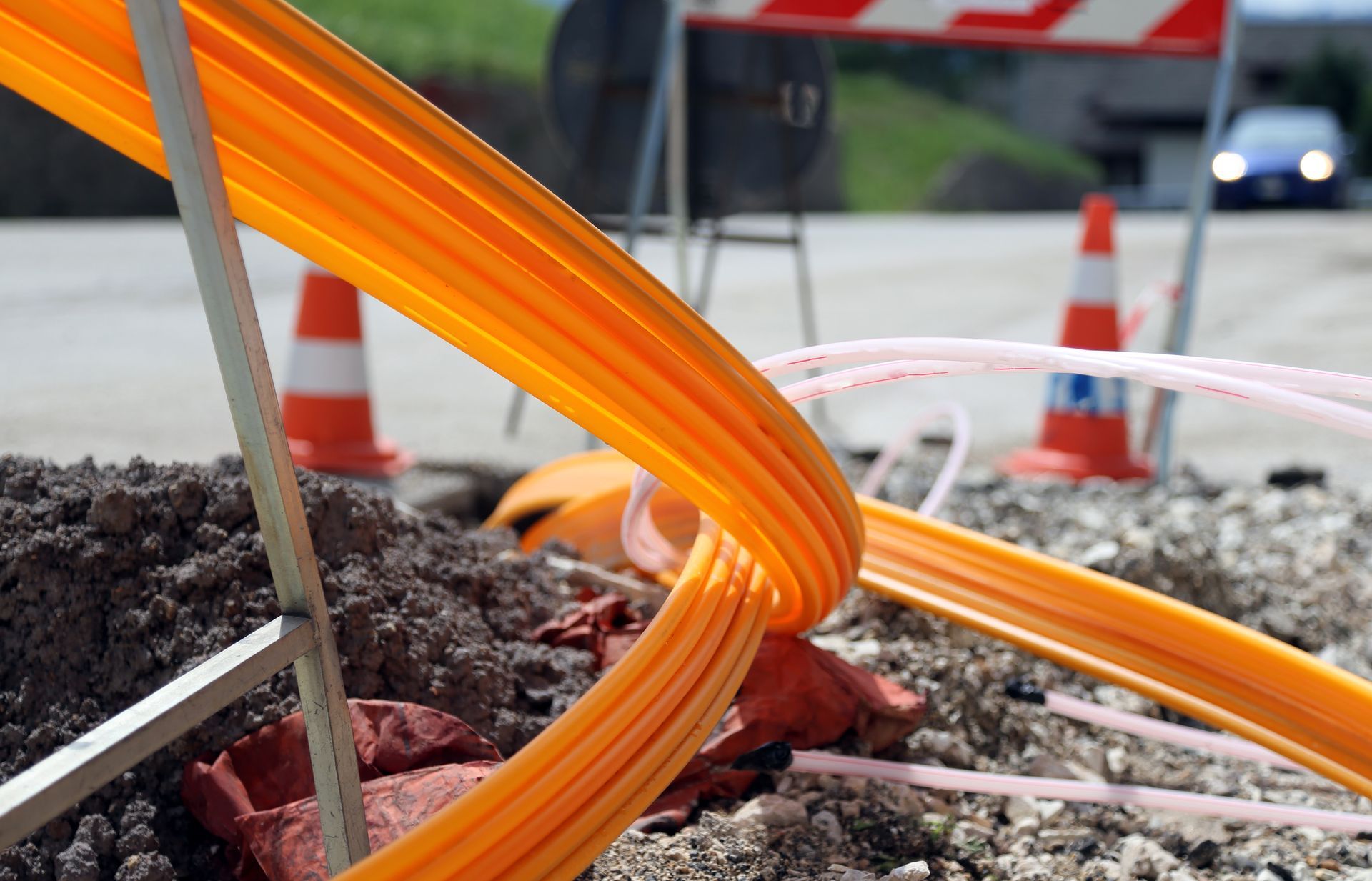

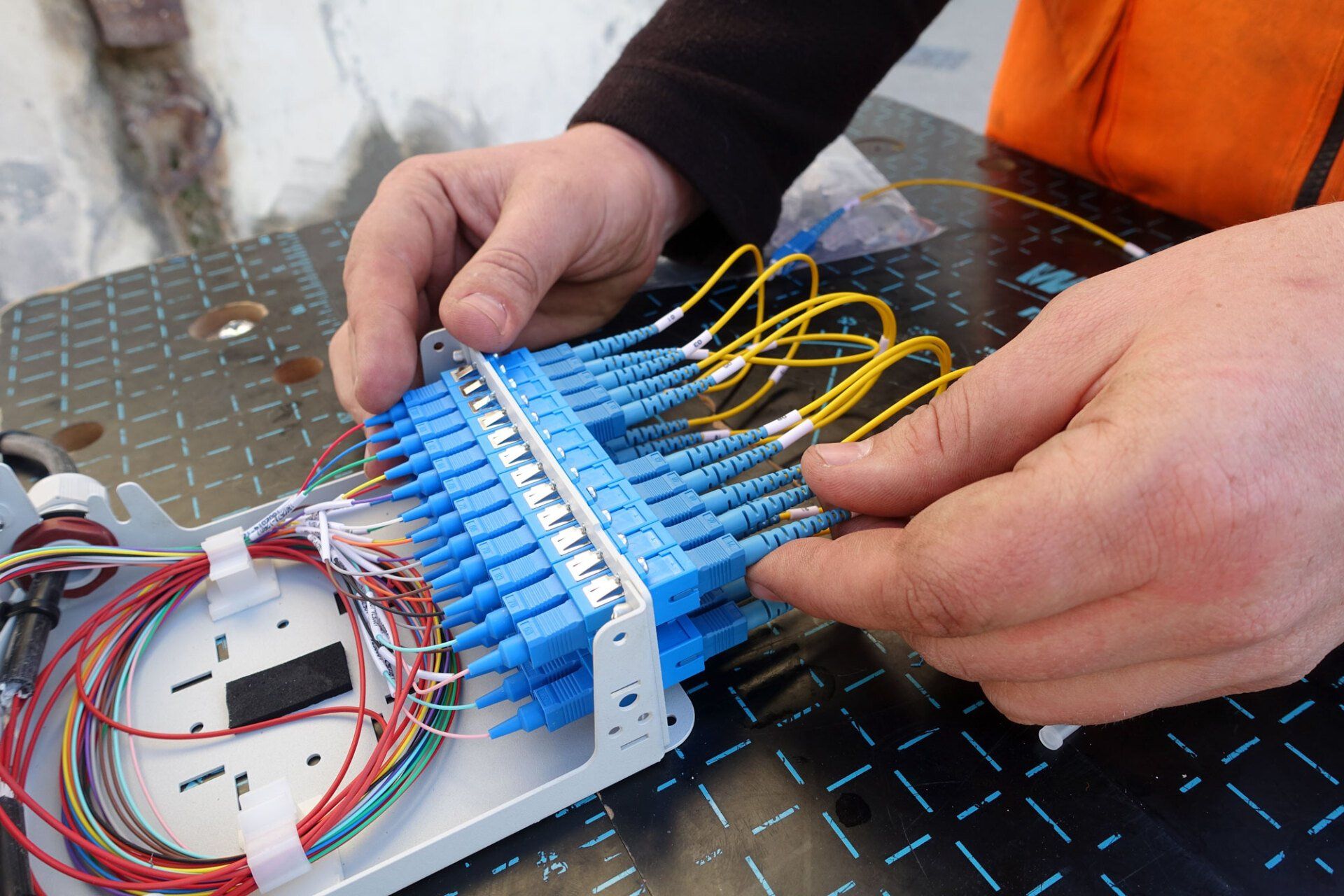
All Rights Reserved | Hunt Communications

